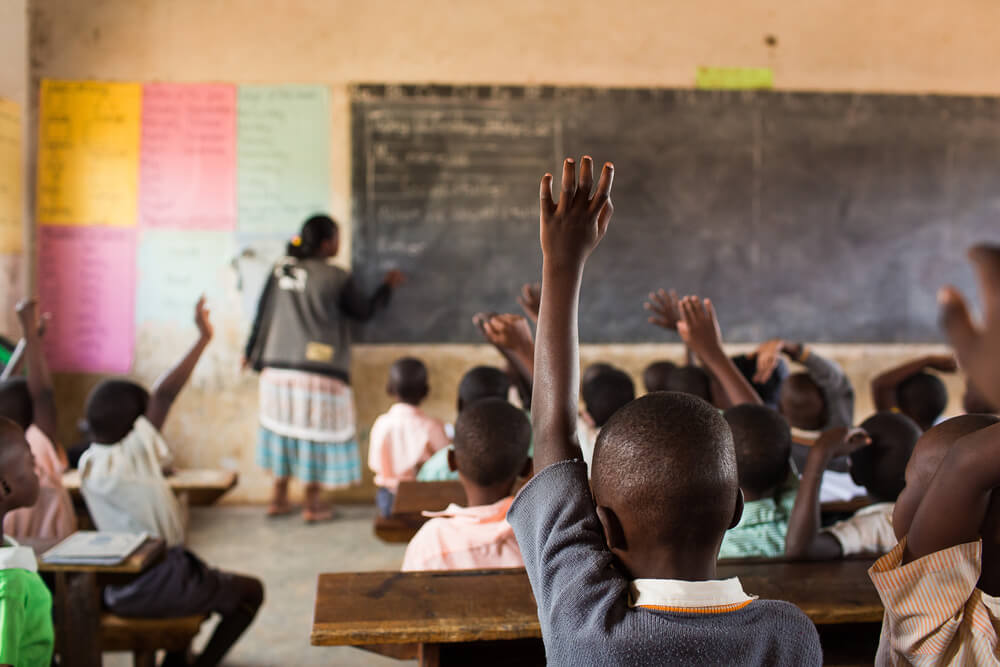School-related violence in all its forms is an infringement of children’s and adolescents’ rights to education and to health and well-being.No country can achieve inclusive and equitable quality education for all if learners experience violence and bullying in school (UNESCO, 2030). Globally, sub-Saharan Africa is the region reporting the highest prevalence of bullying, at 48.2% (range 26.9%-67.2%), and the highest prevalence of bullying in both boys (47.7%) and girls (50.5%).
Bullying is now exacerbated by waves of cyberbullying. According to the2023 GEM Report on Technology in Education, the growing use of digital devices in and out of education has also exacerbated cyberbullying. Drugs at schools, bullying and abuse of learners by educators and even abuse of educators by learners has featured prominently in the press and social media lately which is why Whistleblowing in schools is becoming an increasing need.
“Schools are no different to companies when it comes to ethics and all who operate in the framework thereof. The brand and public image is also important to all who represent it” Because of its impact on learning, school violence is not only a rights issue, but also carries significant costs for education systems if left unaddressed. According to UNESCO, children who are frequently bullied are nearly three times more likely to feel like an outsider at school and more than twice as likely to miss school. They also have worse educational outcomes, scoring lower in mathematics and reading. The more often they are bullied, theworse their score (Yongfeng Liu and Elodie Khavarani, UNESCO and Anna Cristina D’Addio, GEM Report).
